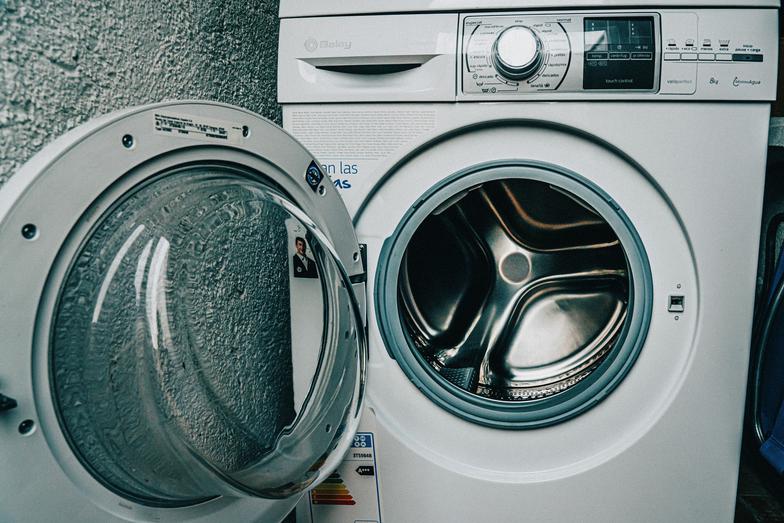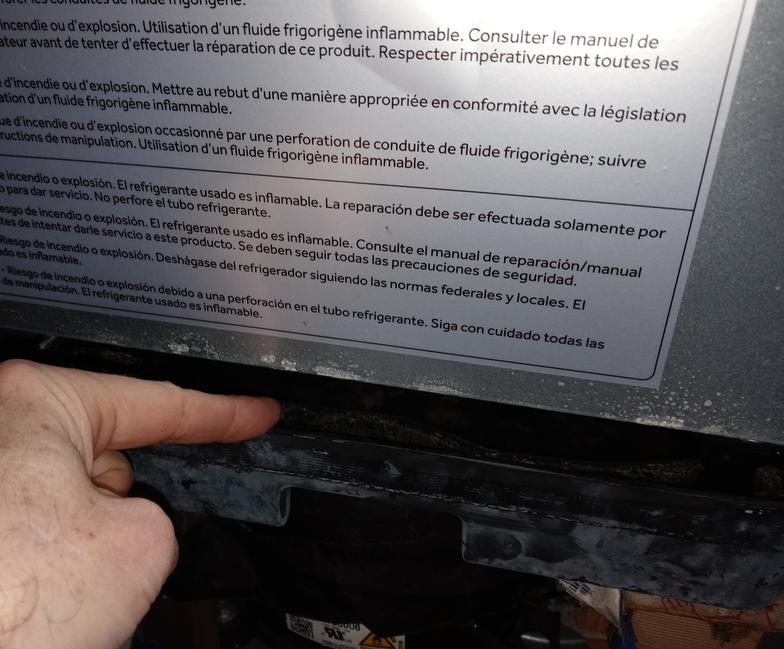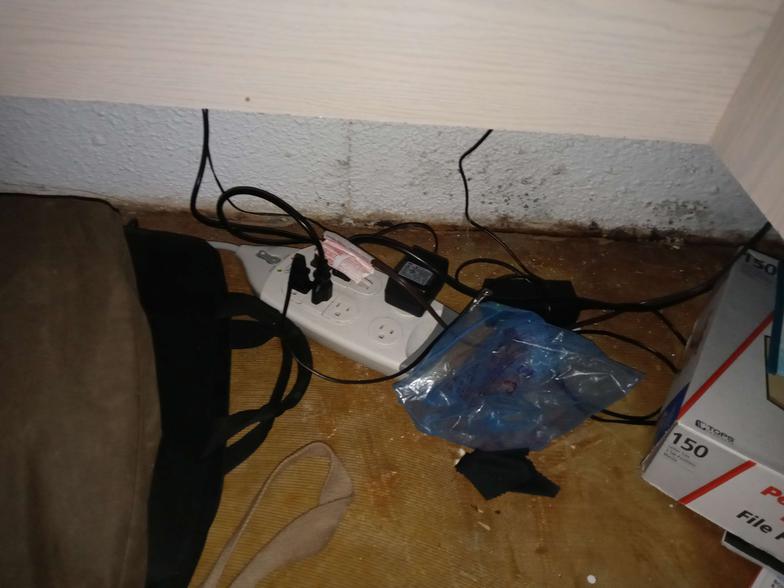(serving SE Michigan)

Is My Home Making Me Sick? Maybe Its Not Your Home The Dirty Half Dozen: The Top Culprits are Considered Here If you are considering retaining a mold inspector to check your home, consider checking these sources first . While the problem might indeed be with your home, these secondary sources could interfere with air testing and present a misleading picture regarding the mold occurrence in your home. Mold is by far the number one indoor air quality contaminant. Mold can occur in the home due to a myriad of moisture-related building failures such as roof and plumbing leaks, basement sewage or stormwater backups, improperly vented attics or bathrooms, foundation leaks, missing caulk or flashing on the exterior or various problems with mechanical system ventilation and humidification. Here's a look at some of the more common mold sources in a home unrelated to the building structure itself. To better identify the most common sources of household mold from non-building sources, Tri-Tech obtained and reviewed the Consumer Product Safety Commission database of complaints pertaining to mold. Based on this review, the top culprit identified was front-loading washers.

Front Loading Washers Front-loading washers have a large gasket seal that invariably traps moisture. Fabric debris that may become trapped may also remain soggy and get moldy. Manufacturers of the washers advise that the door is supposed to be propped open so that the gasket and the interior of the washer will dry out in between uses. However, this is not always done by consumers and heavy use may not necessarily permit thorough drying. Some mold is accumulation on the seal or even the window is not usual and can be mitigated by regular inspection in cleaning. Consider also that these seals can crack and thereby trap additional moisture inside the door. If damaged, the seals can be replaced. There is no evidence that these molds are particularly dangerous but could pose a respiratory hazard to allergic or mold-sensitized individuals. Specialized Infant Accessories The second most common compliant pertained to various child care accessories such as highchairs, Rock and Play, Pack and Play, diaper changing platforms, bassinette and bathinette type items. With these various devices, often there are hidden seams, areas of semi-permeable fabric or other features that allow various types of moisture and food to become trapped and unseen from various sources such as leaked or spilled baby formula, water, food, baby sweat, urine etc. Often, these problems are preventable by regular inspection and cleaning. In some cases, there may be legitimate design flaws prompting product recalls. Whether optimally designed or not, keeping an item clean and dry will prevent mold growth. Food and condensation molds are rarely dangerous but could pose a respiratory hazard to infants with mold allergy or other immune system problems. Heating and Air Conditioning Units The third most common compliant pertained to portable window air conditioners or less commonly centralized air conditioning and heating system condensation pumps. All air conditioners work in part by removing moisture from the air. This moisture has to be eliminated. Typically there is an evaporation tray and sometimes a liquid discharge line or drain hole. This process can be disrupted due to clogging from dirt or debris or mechanical failure. Window air conditioners in particular can suffer from the so-called "dirty sock syndrome." In this case, some air conditioners left in a window all year found may not necessarily dry out from the cold winter air and therefore harbor hidden moisture. This is particularly likely to happen if a tight impermeable protective cover is put on the outside during the winter.
When the air conditioner is turned on for the first time, the mildew that has formed on the trapped stagnant moisture is disturbed by the sudden air flow, causing a massive release of mold spores typically indicated by a "dirty sock odor." This odorous condition will persist for some time depending on how much mold and mildew growth is present on the inside. An allergic or asthmatic attack could occur with some individuals so some care should be taken for sensitive individuals by removing the window AC units or running the unit on high for a period of time until the odor dissipates before the room is occupied. Storing a removed window AC on its side will also help assure water will drain away from and allow the coils to dry. Some AC units are conveniently designed to allow consumers to open and clean them but unfortunately many are not. Less commonly are problems with central air conditioning units attached to furnaces because the dry air flow from the heating cycle limits the accumulation of trapped moisture but problems can occur in exceptional circumstances. More commonly, mold can form in the stagnated water of condensate sump of a furnace. This is where the moisture is collected from the by-product of combustion or cooling. Occasional inspection and cleaning will circumvent any problems from occurring, including the fouling and clogging of the condensate lines, which could trigger a furnace to shut off or the condensate pump could overflow. Adding a small amount of bleach to the condensate pump once a year is an easy way to limit mold growth of fouling of the condensate line. Kitchen Appliances The third most common complaints pertained to kitchen appliances, particularly refrigerators and dishwashers. Refrigerators have an evaporation tray similar to window air conditioners. Fouling from dirt or operation on an uneven floor can cause problems with the evaporation, allowing the accumulation of dirty water to cause mold to grow. Regular cleaning of spider webs on the back of the refrigerator and inspection of the tray to verify excess dirty water is not accumulated is normally sufficient to prevent mold problems. Small amounts of bleach to the tray can be added to reduce fouling. Be more vigilant in watching for problems during humid summer months, particularly if the kitchen is not air conditioned.
The problems with dishwashers are most commonly routine mold forming inside and on the door gasket and complaints often reflect a lack of awareness of regular cleaning practices specified by the manufacturer. Less evident is a leak associated with the water supply line or the drain line at the bottom. Some types of dishwashers have a drain seal that is designed to remain wet. Therefore infrequent use could result in the seal drying out and cracking. If you have an unfinished basement, determine from the basement where your dishwasher would be located over head and observe the condition of the wood subflooring for evidence of a leak. However, don't freak out if you see a few small discolorations on the wood. Evidence of minor staining from a few small leaks in the past is normal for an older home

Laminating Finishes The fourth most common complaints pertained to laminated finishes such hardwood laminate floors, shower enclosures, ceiling tiles installed in bathrooms or kitchens etc. In most cases, the problem is attributable to a failure to comply with manufacturers warnings and installation instructions. Improper installation can result in moisture penetrating through improperly sealed joints and gaps. In some cases where there is a high water table, the basement slab may retain moisture and not be a suitable place for installation of laminate tile, even if a moisture barrier is applied. In bathrooms and kitchens, any grout and caulk lines should be cleaned and inspected regularly. It is normal for shrinking or deterioration to occur requiring adding or re-doing grout or caulk seals. A small amount of mold in a bathroom or kitchen is considered normal and not something typically addressed by a mold testing professional. However, taking care to reduce these mold sources can result in more conclusive and accurate test results.

Furniture With Condensing Surfaces The fifth most common complaint pertained to consumer's discovering mold on the backside, underside or within infrequently used furniture. In any home, whenever significant moisture vapor is present and certain temperature and humidity conditions, it seeks to condense on a nearby cold and undisturbed surface. This can be the backside or underside of a drawer or cabinet, headboard or similar item. This is far more likely to occur for objects contacting or positioned against a perimeter wall or a foundation wall, particularly near the lower outside corners of a room. Sometimes this is seen on the back of a sofa pushed against a wall. If you have noticed that newer sofas are often designed to not rest flush against a wall it could be for this reason to allow air flow in the back of the sofa. In most cases these complaints not justified and are a function of the indoor environment they are used in and not a design flaw. In many cases, this growth is superficial and can simply be removed by normal cleaning methods.
For this investigation, minor amounts of mold staining were observed on the foundation behind this large heavy wood desk pushed against a basement wall. Additional mold was suspected to be present on the hidden backside of the desk or the adjacent wall. Air testing revealed mold spore levels were within normal limits so the homeowner decided it was not necessary to clear and move the desk to check behind it.
But wait, there's more...! There are numerous other things that can lead to mold-like respiratory symptoms. Learn more .
REQUEST INFORMATION
We will get back to you as soon as possible
Please try again later
Oak Park, Michigan USA
